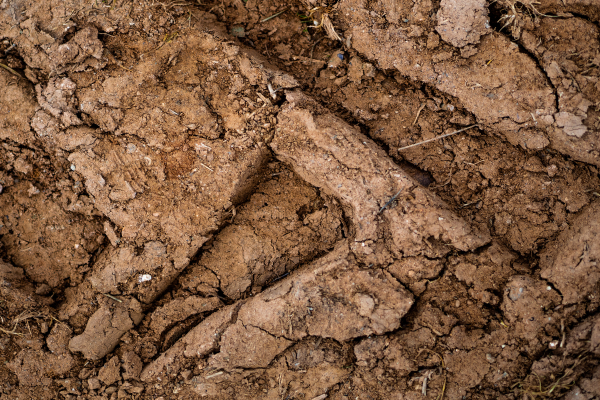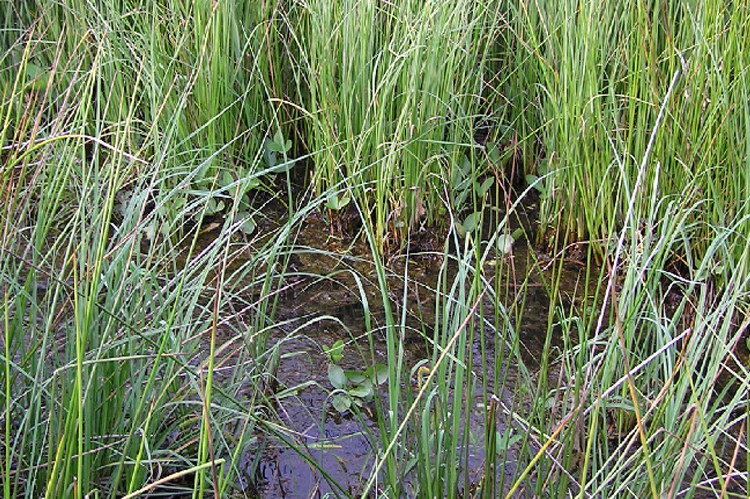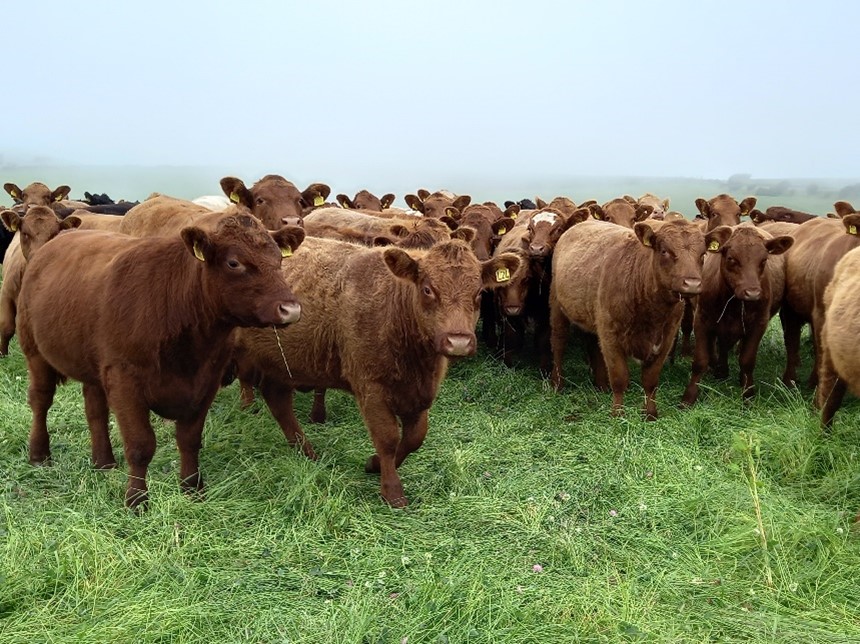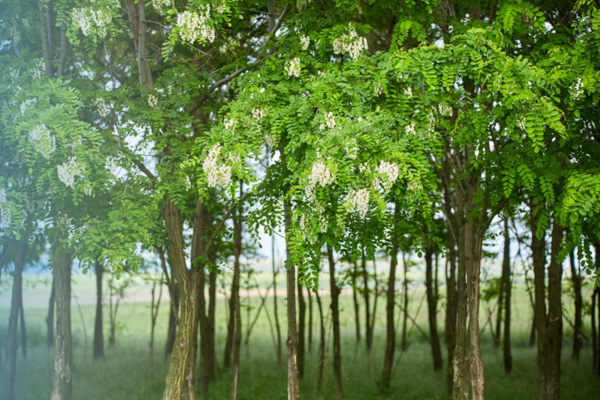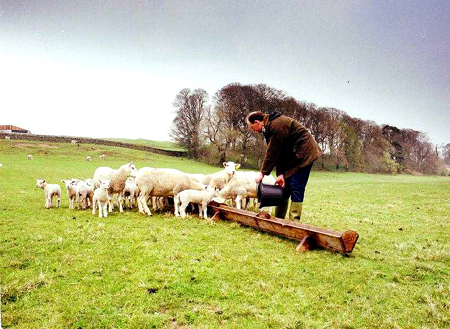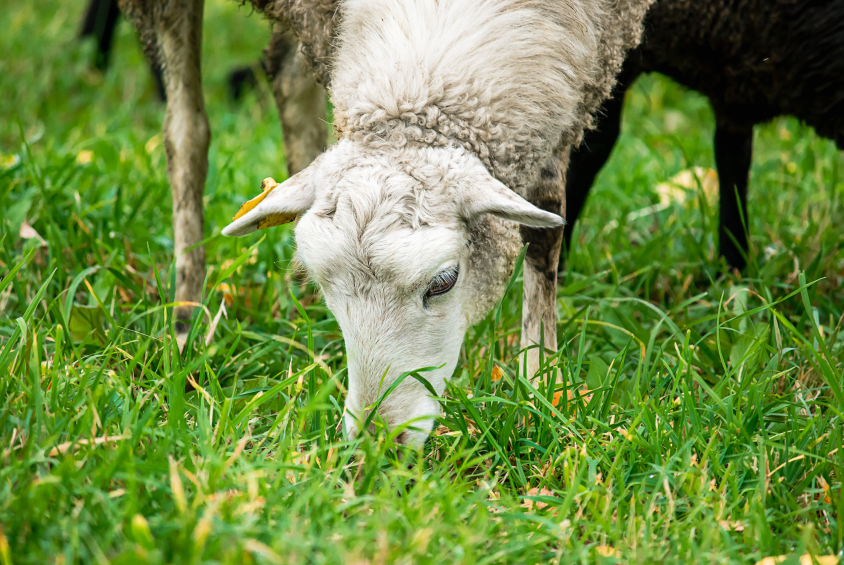Adapting to a Changing Climate
Farming in water scarcity
Historically Scotland has experienced wetter autumns and winters followed by drier spring and summers. However, we are observing changes in weather patterns year on year, with more singular extreme weather events, to longer periods of dry events over winter, and extended wetter periods throughout the summer. Predictions are showing that from now to 2049 we…
Agribusiness News April 2025 – Nature Based Solutions In A Chaotic Climate
What’s coming ahead? We are living in a rapidly warming and chaotic climate, with cascading and simultaneous effects of drought, flooding and extreme weather events across Scotland. Climate models predict by 2100, There may be an east : west divide in Scotland, where the west and west coast will experience higher frequency of extreme rainfall…
Agribusiness News April 2025 – Pollinator’s Value To Scottish Agriculture
Insect pollinators: their value to Scottish agriculture Flowering crops are alive with a diversity of insects including hoverflies, bees, beetles and butterflies. These beasties are hard at work collecting nectar and pollen, and in return, they provide a crucial pollination service. They transfer pollen between flowers, contributing to the production of fruits, seeds, and vegetables. …
Farming in a rapidly changing and chaotic climate
Lower yields, earlier harvest dates, crop establishment difficulties and higher cost for additional supplementary livestock feed are some of the impacts affecting the farming community as a result of climate change. In this article, we explore the latest research on climate risks faced by the sector and discuss how nature-based solutions, such as natural flood…
Sustainable Beef Systems – Cows and Carbon Factsheet
There is significant risk to the sustainability and profitability of farm businesses if the impacts of climate change are not tackled. Scotland has already experienced extreme weather events including record-breaking temperatures and drought with significant water scarcity in 2023. It is anticipated that by 2050 extreme weather events in Scotland will be more common, and…
Agribusiness News October 2024 – Sector Focus: Biomass
UK Biomass Challenges and Opportunities Utilising biomass as a source of renewable energy for heat, power and transport is seen as a crucial component of the UK’s transition to net zero. A Government Report published in 2024 highlighted that 11% of UK electricity was generated from biomass in 2022, and 6.4% of heat was generated…
Advancing Agricultural Practices, Reducing Emissions and Ensuring Sustainable Growth in the Face of Climate Challenges
This article is part of the Climate Change & Carbon Research Briefings series. More articles in the series can be found below: Understanding Natural Capital Markets Collecting On-Farm Biodiversity Data with Bioacoustics Faba Beans for Alternative Protein and Reducing Monogastric Carbon Footprint Applicability of Slurry Separation and Acidification on Farms in Scotland Making Sense of…
Cutting emissions in the oat sector, a case study
Oats are highly valued for being both nutritious and offering significant health benefits. As a crop its green credentials are well known, giving good yields in less productive soils and requiring less inputs than other crops. However, all food sectors are under pressure to become more sustainable from seed to shelf oat production is no…
Livestock Productivity – Pigs & Poultry
Livestock Productivity – Pigs & Poultry When talking about reducing livestock emissions in Scotland, the focus is usually on ruminant livestock, given they comprise the majority of livestock in Scotland. Options for reducing emissions in pig and poultry enterprises require very different strategies, usually focused on (non forage) diets, and animal health. This section links…
Livestock Productivity – Sheep
Livestock Productivity – Sheep Sheep health has been identified in research as one of the top ways that Scottish farms can reduce their carbon footprint, as well as providing clear benefits for animal welfare as well as productivity. Alongside guidance on breeding management and optimising grass, this section provides technical guidance on options for reducing…

